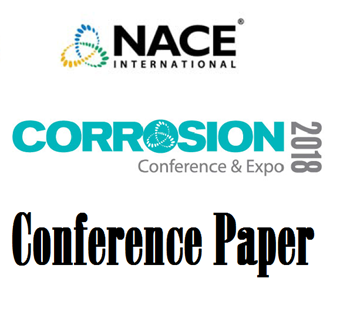Search
Aggressive Stray Current Corrosion on an Onshore Crude Line
Also Purchased
51318-10689-PIPELINE STRAY DIRECT CURRENT (DC) INTERFERENCE
Product Number:
51318-10689-SG
Publication Date:
2018
$20.00
96026 CAROLINE PIPELINE FAILURE: FINDINGS ON CORROSION MECHANISMS IN WET SOUR GAS SYSTEMS CONTAINING SIGNIFICANT CO,
Product Number:
51300-96026-SG
ISBN:
96026 1996 CP
$20.00
Recently viewed



